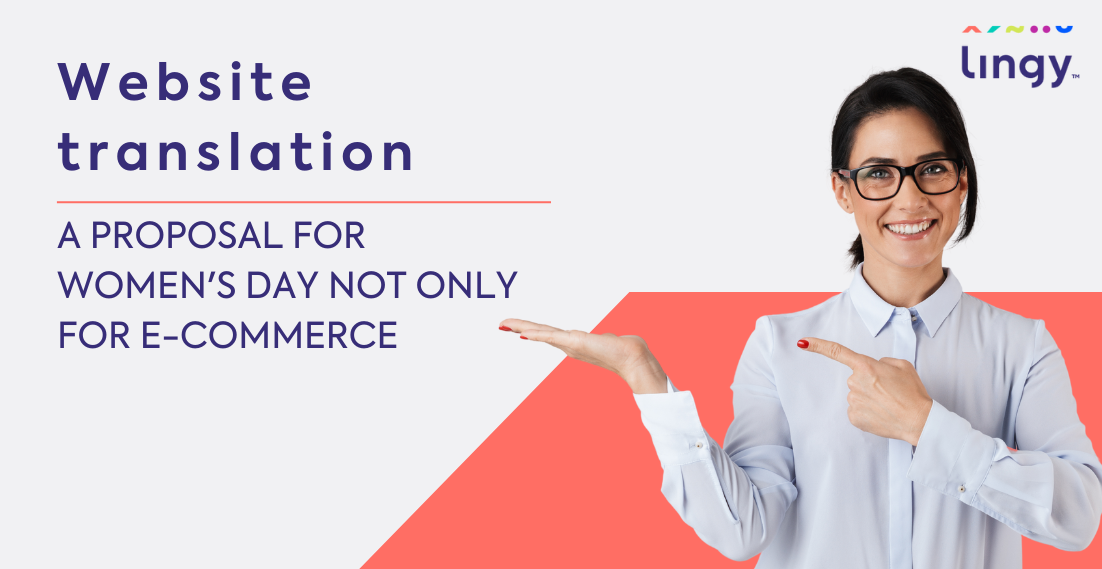3 of the Best E-commerce Platforms Today

More and more people have shifted towards shopping online nowadays and the number is increasing dramatically every year with no sign of slowing down in the near future. In some ways, COVID has also accelerated this change as people are less likely to shop outside of their homes like they used to. With this huge change in consumer behavior, most companies are likely to set up online stores to adapt to this change. Having an online store also allows overseas customers to purchase from you without having to open stores around the globe, and setting one up is way easier than ever! It can be done with little IT knowledge and affordable pricing. There are a lot of E-commerce platforms that companies can choose from to set up their online stores with, but which one should you choose? Do you need multilingual features? How many products are you planning to sell? The platforms all have different features and choosing the right one is important. Here are the 3 best e-commerce solution providers that you should check out so that you can get started right after!
Translation for your eCommerce website
Shopify
Shopify is the most popular e-commerce platform today. It is extremely easy to use, so much so that it is possible to set up a store within minutes. It is designed around e-commerce purposes unlike some of the other platforms below which are more all-purpose website based, that’s why it really exceed in this area. It has lots of different payment options as well including Google Pay and Shopify Pay which allows customers to easily pay even when they are not using your local currency. It also has not got a limit on the number of products that you sell even with the most basic plan that they offer. Changes can be made using their mobile app which you can edit your store on the go and this feature isn’t as common on other platforms. There are 3 plans that Shopify is currently offering which are basic Shopify, Shopify and Advance Shopify.
Shopify offers multilingual support which you can set your store up in up to 20 languages! But if you want to have international domains for different languages or international pricing then you will have to get their more expensive plans. Shopify also offers a reporting feature that has most of the statistics that you need to evaluate the performance of your store but this feature is also not available if you are using the basic plan.
The downside of Shopify is that because it is so e-commerce focused, it is lacking in other departments such as content management which is a very important part of search engine optimisation(SEO). More effort will have to be put into it if you want your e-commerce webbsite to rank higher on Google Search for better online visibility. Shopify also charges a transaction fee on most payment methods which are another one of its downsides.
Pricing per month: Basic Shopify ($29), Shopify ($79) & Advance Shopify ($299)
Wix
Wix is an easy to use all-purpose web builder that most people will be able to understand and build very professional looking websites. They support e-commerce and it is full-featured in that aspect. With apps such as Wix Store, you can easily set up your e-commerce with Wix. They support different payment methods which include Wix Payment, Stripe and PayPal for easy transactions. One of the main selling points of Wix as an e-commerce platform is that it has a lot of templates that you can choose from for your online store to save time to develop your own and 60 of them are completely free. Wix also has a lot of other add-ons which are not just e-commerce forced and they can expand your website’s features and it is more versatile than a lot of e-commerce platforms out there. Wix is not just an e-commerce site that allows you to set up blog sections for SEO purposes which can help with your online visibility. The best thing about Wix is its pricing. It starts from $17 per month and the premium plan is $35 per month, overall it is cheaper than most e-commerce platforms.
Wix multilingual capability is also excellent. It supports 90+ languages and has a multilingual dashboard for you to set up your site. It allows you to set the translation to automatic (using Google translate) or manual. Which you can set up new pages for each language version or not it is up to you! However, it does not allow you to have separate domains for your other languages which limits the ability to do SEO in other languages.
Another downside of Wix is that very limited inventory and reporting features which might not suit your needs if your store is not just a small online store. Analysing your store’s performance will be more difficult and Wix might not be the best for international e-commerces.
Bigcommerce
Bigcommerce is another popular e-commerce platform that you can choose from. It is one of the fastest-growing ones as well with double the industry growth rate. Like Shopify, it is designed with e-commerce in mind. What is different is that it has a full-featured content management system(CMS) which allows you to put in different content onto your site so that it is not limited to just being a store. There is a lot of flexibility on the pages including content pages and product pages which helps with your SEO which leads to better visibility online. It accepts payment in most currencies and most payment methods including Apple Pay, Amazon Pay, Google Pay and PayPal. Bigcommerce’s pricing starts at $29.95 per month and it goes all the way up to $299.95 per month.
Even though it doesn’t require you to be a master in coding to set up the store, it is still more complex than Shopify and Wix and will require a good level of technical knowledge to set up the store. But it has customisable templates to help you get started and it offers more flexibility if you are capable in HTML and CSS. Another good feature is the reports that it provide are more comprehensive than others even with the cheapest plan.
Bigcommerce can be multilingual and allows you to set your site up to detect the location of your customer to display your site in their local languages if it is available. You can also set your site to have Google Translate or you can translate your site manually. But setting it up is more difficult than on Wix and Shopify.
One downside with Bigcommerce is that it does not allow you to have multiple domains for the other languages which you will have to set up and pay for another plan on Bigcommerce for your sites that are in other languages if you want separate domains. It also limits the number of sales that you can make per month and the amount depends on the plan that you have.
Flawless translation for your product page
Choosing an e-commerce platform
Out of the three, the easiest one to use will be Shopify. It is for those who have no coding knowledge but also want a full-featured e-commerce site but do not care about the content side of their site. For those who want to spend less, Wix is the answer as it is the cheapest out of the 3 platforms that I have mentioned. It comes with more limited features but it still reaches the basic e-commerce needs for most SMEs. Lastly, if you have IT knowledge then Bigcommerce might be the one that suits you best. It is full-featured and the amount of flexibility it comes with can really help you to make your site exactly how you want it to be.
Why are advertising campaigns not effective? 3 reasons related to the challenges of marketing translations
Learn about the 3 causes of ineffective advertising campaigns related to marketing translations.
Transliteration – translation challenges not only in the logistics industry
A mistake made due to a incorrect translation or rather transliteration can lead to serious operational and legal consequences, as we discuss below.
How to publish a book? Translation tips and more
How can you publish your own book? Before you make a decision, get to know the advantages and disadvantages of the proposed solutions, including in the context of possible book translation.
Website translation – a proposal for Women’s Day not only for e-commerce
The upcoming Women’s Day is the perfect opportunity to plan special marketing campaigns to reach new audiences. E-commerce companies are keen to introduce dedicated offers during this period. They also decide to expand abroad to tap the potential of international markets, also on everyday basis, outside special holiday periods. In this context, website translation plays a key role.



